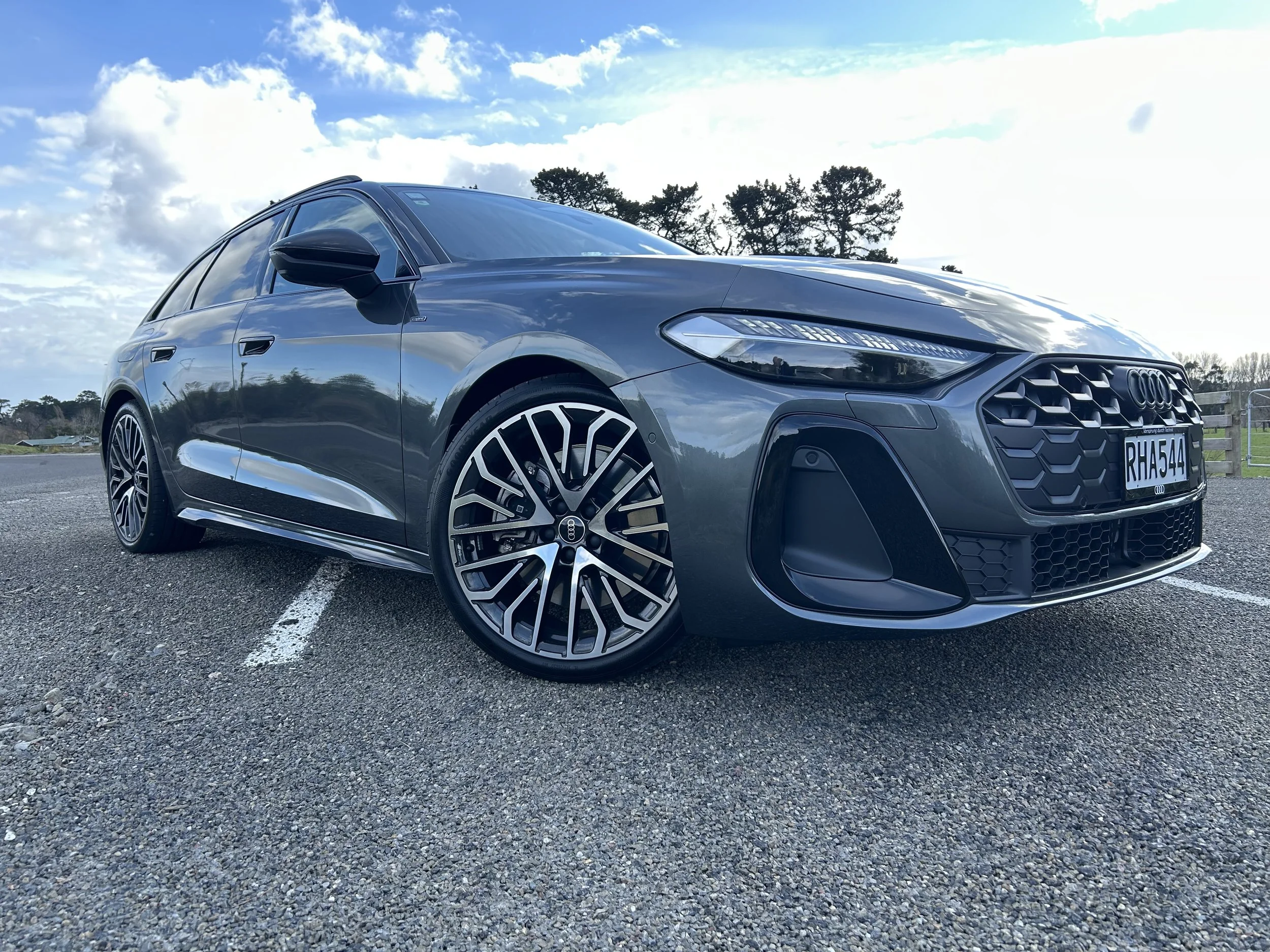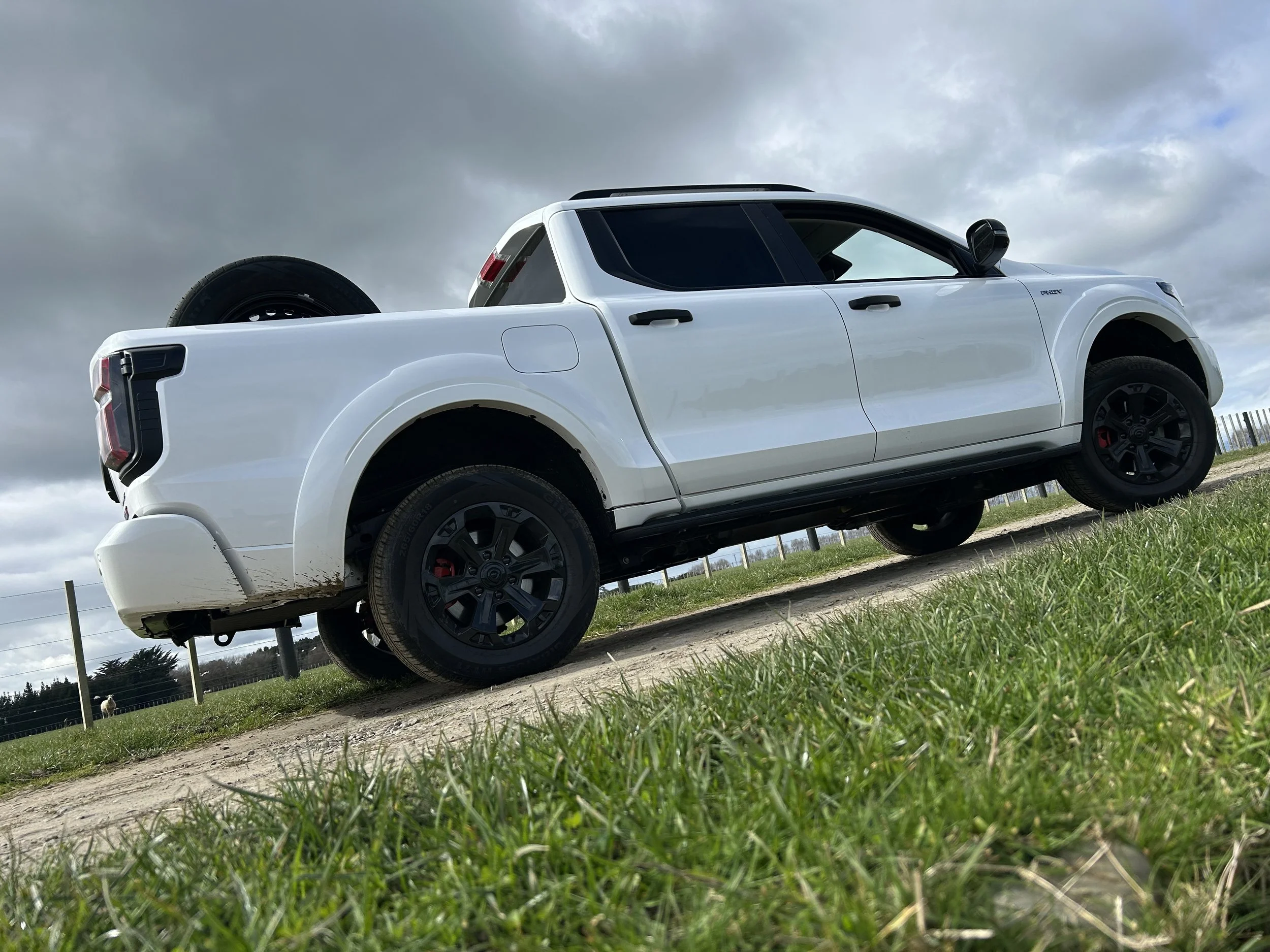Covid-19: Key Mazda will shrug off lockdown hit
/Timing is everything … or not. Poised to launch an important new vehicle when Covid-19 became a national crisis, Mazda NZ remains in confident mood.
Here’s the scene: At roughly the same time as the new Mazda3 was receiving the design gong at the World Car of the Year awards, Mazda New Zealand was preparing to launch its CX-30 compact sports utility wagon.
That global gong promises as a good synch: The CX-30, of course, has been developed off the Mazda3, which prior to securing a WCOTY acknowledgement was also toting a “best of the best” design award from Red Dot and has also been widely praised for its technology provision and fine driving feel.
Even with all that going for it, Mazda3 has not been good enough to stymie the market trend favouring SUVs. Sales are reflecting the diluted consumer interest in hatchbacks and sedans. But that’s fine, because Mazda also has ‘CX’ cars in its range that do scratch that itch.
The portent for CX-30 is extremely positive. Compact SUVs are very hot property and having a vehicle to slot in between the smaller (Mazda2-based) CX-3 and the larger (Mazda6-spun) CX-5 is an essential service
So, everything was good to go. Mazda NZ has cars in the country; indeed, most dealerships have examples and 54 have already been registered, the majority in March. Pre-launch television advertising had begun. A national dealer and media events were sorted.
And then? Well, you know the story: The full force of the COVID-19 pandemic struck and we went into a lockdown that might end next week or could yet continue longer. More will be known on April 20.
Meanwhile, dealers have been brought up to speed by video conference, media will have to wait a bit longer to learn about the national line-up and sales strategy … and Mazda NZ has left the past behind and is looking forward to better days ahead.
“Unfortunately it’s just one of those things,” says marketing services manager Maria Tsao, additionally reminding that everyone in the car industry is in the same boat. “The pandemic is having the same effect on all members of the motor industry.”
When the CX-30 does become available for sale in New Zealand, it will be offered in exactly the same grades and with identical drivetrains that the Mazda3 currently offers. So, petrol-only and 2.0-litre and 2.5-litre SkyActiv-G engines, with all but identical outs to those given for its CX-5 application.
And what about the vaunted SkyActiv-X powertrain? It’s coming, though stated intention to add in later in the year in both types remains impossible to stake down to an exact timeframe.
“Just how much later this year is now impossible to say,” Tsao explains. “At this stage, given what is going on, I simply can’t answer that question.”
However, it is utterly certain these cars to be the debut models for the world’s first production petrol engine featuring compression ignition which combines the advantages of petrol and diesel power, increasing fuel economy and torque, whilst reducing emissions.
In there here and now, it comes down to the 2.0-litre CX-30 in front-drive and provisioning 114kW/200Nm and the 2.5, punching 139kW and 252Nm, running all-wheel-drive. Both pair to a six-speed automatic.
The smallest-capacity model presents in a single grade, the second in GTX and Limited trims. Could it be that the SkyActiv-X provisions in a ‘Takami’-identified ultimate specification? That’s a speculation, yet one that surely seems highly probable.
Mazda NZ has yet to provision pricing detail. However the specification is less of a closed book, as internationally the car provisions to a common standard in respect to its core safety/driver assist and comfort features.
So, seven airbags, adaptive cruise control with stop/go function, blind-spot monitoring with rear cross-traffic alert, lane-keep assist, lane-departure warning, driver alertness monitor, autonomous emergency braking in forward and reverse gear including for rear cross-traffic detection, forward collision warning, a reversing camera, rear parking sensors, road-sign recognition and tyre pressure monitoring.
Dusk-sensing LED headlights with auto high beam, keyless push-button start, a 7.0-inch multifunction trip computer, auto-folding exterior mirrors with electric adjustment, an electric park brake with auto-hold and hill-start assist and four-way steering column adjustment implement. Also included is a multimedia screen with rotary controller operating the standard Apple CarPlay and Android Auto smartphone mirroring plus native satellite navigation. There is also Bluetooth audio streaming and USB input.
In visual assessment, the CX-30 doesn’t look THAT much bigger than a CX-3: Mainly, perhaps, because they are exactly the same height (1540mm). But it really is. At 4395mm long and 1795mm wide, the newcomer is 120mm longer and 30mm wider than Mazda’s smallest crossover. Compared to the CX-5, it is 155mm shorter, 45mm narrower and 150mm lower. Boot space of 317 litres above the boot floor is a useful 53L over the CX-3, while using underfloor storage brings the total to 430L on most variants, close to the CX-5’s 442 litres.
The Mazda3 and CX-30 were designed by different teams – the SUV’s designer, Ryo Yanagisawa, was previously involved with the BT-50 (and lived in Australia for several years) – but the exterior design themes are very alike, and the new SUV patently continues the ethos of Mazda’s latest “less is more” philosophy that swayed the WCOTY jury.
What does that mean? When I interviewed the Mazda3’s chief designer Yasutake Tsuchida during the vehicle’s big reveal at the Los Angeles Motor Show about 18 months ago, he explained it is all about how a vehicle looks when it is moving.
For this reason, the Mazda designers removed all hard character lines and creases from the Mazda3 bodyshell, and developed bodyside undulations that showed off various reflections when the car was moving.




















